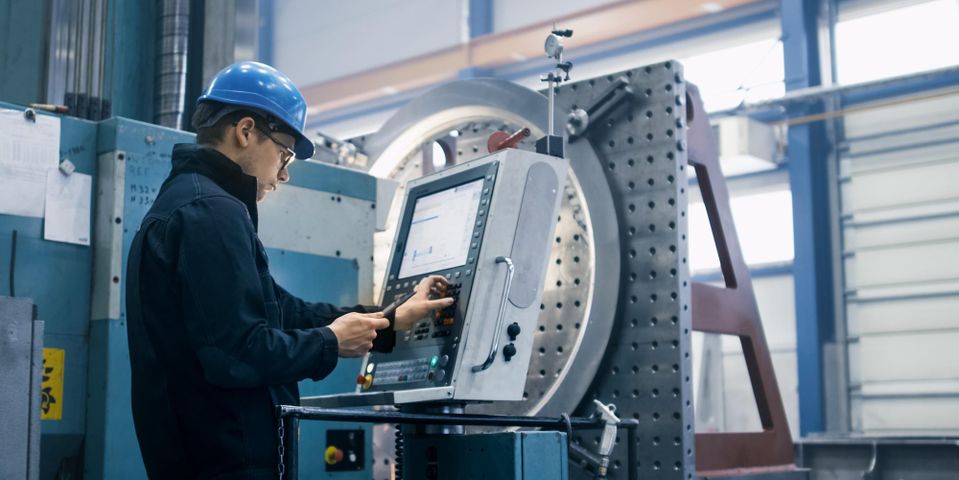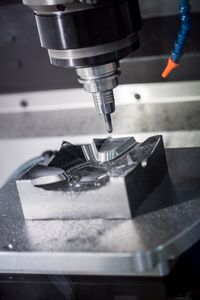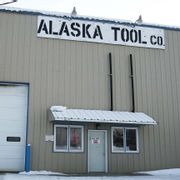
Metal fabrication helps create everything from home appliances to manufacturing equipment. The process of extracting metal from a piece of rock and crafting it has been around for millennia. Like the nature of the work itself, it's been modified and refined over the years. Although trained hands and keens eye are still required, nowadays, computerized machinery is an essential part of the process. If you were curious about its history, here are a few key points you should know.
A Guide to Metal Fabrication Through the Ages
The Bronze Age
Metalworking began with bronze. Beginning from 3300 BCE and lasting until 600 BCE, the Bronze Age saw the use and processing of bronze across Egypt, India, Europe, and East Asia. Bronze is an alloy, which means it's formed by mixing other metals, like copper and tin. Archaeological digs have revealed that this metal had a vast range of uses, from cooking vessels and storage containers to jewelry and devotional objects.
The Renaissance
In 1485, Leonardo da Vinci drew a design of a rolling mill for flattening and creating sheet metal. By 1501, there were reports that two rolling mills had been created: one for fabricating gold sheets of uniform thickness and another for turning those sheets into strips. The mill designed by da Vinci wouldn't be fully established until the end of the century. By 1615, an industrial plant crafted the first lead and tin plates.
The Industrial Revolution
 The period between the late 1700s to the end of the 1800s is known as the Industrial Revolution. During this time, innovations in metal fabrication and manufacturing techniques in general flourished throughout Europe and the United States. It became much easier to create and manipulate sheet metal with techniques like air bending and equipment like Bessemer converters, in turn allowing sheets to become more widely available. New components, mechanisms, and structural styles were developed at an unprecedented rate.
The period between the late 1700s to the end of the 1800s is known as the Industrial Revolution. During this time, innovations in metal fabrication and manufacturing techniques in general flourished throughout Europe and the United States. It became much easier to create and manipulate sheet metal with techniques like air bending and equipment like Bessemer converters, in turn allowing sheets to become more widely available. New components, mechanisms, and structural styles were developed at an unprecedented rate.
The Modern Era
Today, modern metal fabrication is aided by CNC machinery. Short for "computer numerical control," these machines are fully automated and depend on computer software to cut, weld, or punch the metal. They make it possible to achieve incredibly elaborate detail. Although CNC machinery simplifies different processes, human labor is still needed to load the material and adjust settings.
For modern, innovative, and reliable metal fabrication, you can rely on Alaska Tool Company Inc. Whether you need some welding done or complete custom metalwork, this Fairbanks, AK, business can get it done. They have more than 40 years of experience with consumer and commercial work, so whatever your project may be, you can trust they'll know what to do. Information about all their fabrication services can be found online. Call (907) 479-5354 to ask about your project.
About the Business
Have a question? Ask the experts!
Send your question

